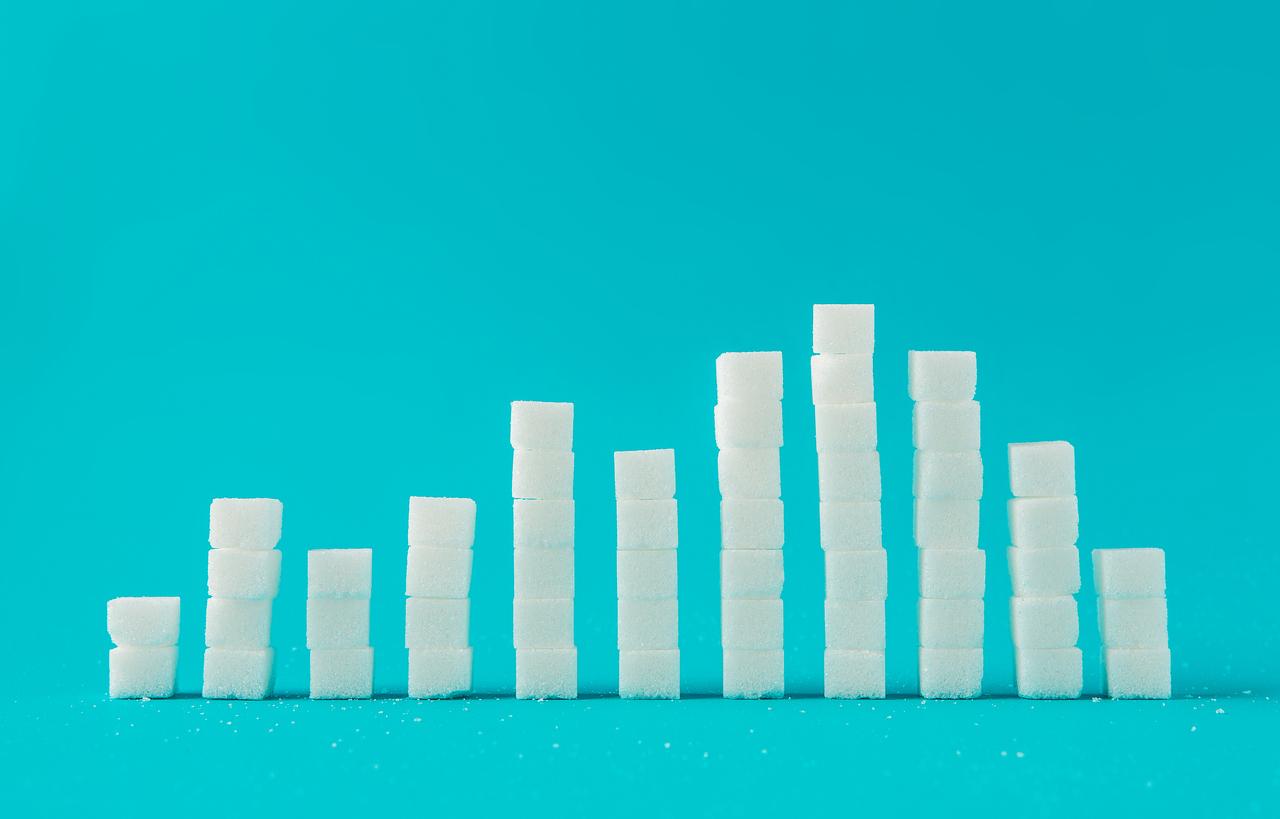Set up in 2017, the Nutri-Score assesses food sold in shops according to their nutritional properties: the scale goes from A to E. Yes, but here it is: the algorithm that assigns the scores has been modified and, in Consequently, many foods were re-evaluated at the start of the year. There is one, in particular, which has inherited the worst possible rating (E): Roquefort AOP.
Professionals in the sector are of course contesting this downgrading of their rating: “it’s an update without deep questioningreacted Sébastien Vignette, secretary general of the General Confederation of Roquefort. We consider that this once again favors ultra-processed products. They, for example, can modify the recipe to change their rating.”
Producers are now asking for an exemption from Nutri-Score labeling, believing that it is not suitable for products labeled PDO.
What are the nutritional properties of Roquefort?
Roquefort is a blue-veined cheese made from raw, whole sheep’s milk. In terms of calories, first of all, it does better than Gruyère, Parmesan and Comté with 384 Kcal per 100 grams: Roquefort nevertheless remains higher in calories than feta, Camembert or Pont l’Évêque.
In terms of vitamins and minerals, Roquefort contains interesting quantities of calcium (660 mg per 100 grams, when the recommended intake is around 1000 mg per day for an adult) and phosphorus (392 mg per 100 grams; the intake recommended is approximately 750 mg per day for an adult), two trace elements which contribute to the good health of the skeleton and the teeth.
Roquefort also provides vitamin B9 (or folic acid, at a rate of approximately 29 µg per 100 grams), involved in cell growth and renewal: it is however not recommended during pregnancy, as it is raw milk. .
Source :handles


















